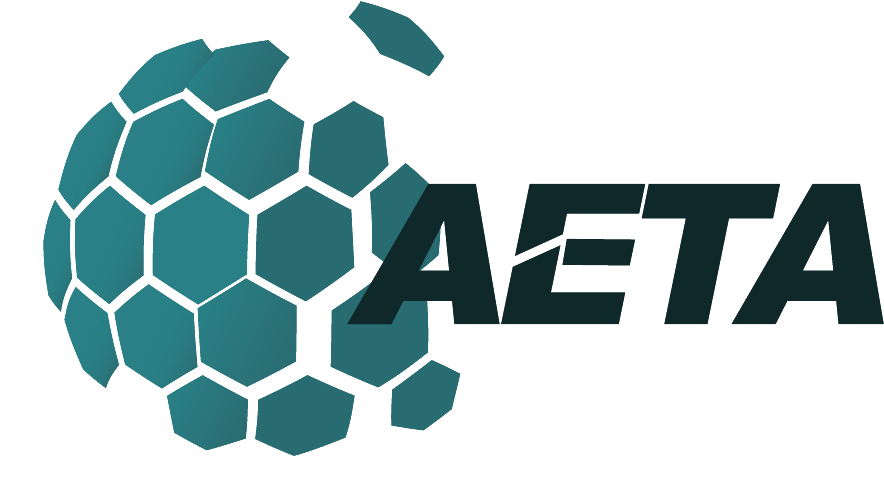History of the AETA project
How our earthquake prediction system came to fruition
It all started after the devastating 2008 earthquake that occurred in Sichuan, a province of China, affecting the lives of over 400,000 people. This earthquake was mourned across the entire nation of China, especially professor Wang Xin’an and Dr. Yong Shanshan, the founding team of the AETA project, they believed such disasters can be foreseen and the loss of life avoided.
The Professor & Doctor
The Professor and Dr, both working at Peking University, began researching the correlation between big data and AI to forecast future earthquakes, in 2010 AETA was born.
By 2013 the AETA built the first acoustic and electromagnetic sensor designed to collect seismic data. In 2015 the first 20 prototypes of the sensor were deployed in Sichuan, Yunnan, and Hebei.


In 2016 SVV joined the AETA as the engineering and manufacturing partner. SVV assisted in the redesign & development of the sensors. Throughout the year more sensors were deployed across the Sichuan, Yunnan, and Hebei region.
Through a combination of collecting big data and AI, in 2018 the AETA team provided 2 successful forecasts to the local government 3 - 7 days in advance. These forecasts sparked the interest of numerous institutions and seismic experts, beginning to shift the view toward earthquake forecasting as a reality.
As the AETA algorithm was still in its infancy stage, and the large collection of seismic data, the AETA team organized a competition in 2020. The competition was designed to invite local Chinese institutions, universities, and research centers to utilize AETA’s seismic data to design, develop, and train an AI.
Once the teams had trained their algorithms, they were then given live data and asked to make weekly forecasts accordingly. By the end of the competition, 10 teams prevailed and the accuracy rate of forecasting earthquake substantially increased to over 70%.
Following the success of the 2020 competition, the AETA team has organized a similar competition throughout 2021 (currently ongoing), inviting the international community to participate

